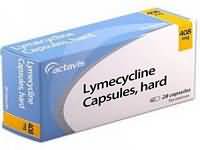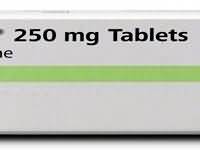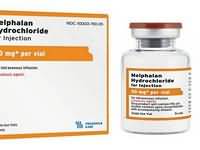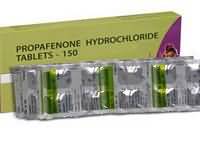Glipizide
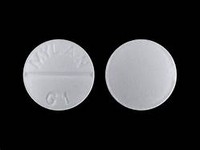
Glipizide
CLINICAL USE
Non-insulin dependent diabetes mellitus
DOSE IN NORMAL RENAL FUNCTION
Initially 2.5–5 mg daily, adjusted according to response; maximum 20 mg daily; up to 15 mg may be given as a single dose before breakfast; higher doses divided
PHARMACOKINETICS
Molecular weight :445.5 %Protein binding :98–99 %Excreted unchanged in urine : <10 : Volume of distribution (L/kg) :0.13–0.16half-life – normal/ESRD (hrs) :2–4/– DOSE IN RENAL IMPAIRMENT
GFR (mL/MIN)
20 to 50 : Initially 2.5 mg daily. Titrate according to response 10 to 20 : Initially 2.5 mg daily. Titrate according to response <10 : Initially 2.5 mg daily. Titrate according to response DOSE IN PATIENTS UNDERGOING RENAL REPLACEMENT THERAPIES
CAPD :Unlikely to be dialysed. Dose as in GFR <10 mL/min HD :Unlikely to be dialysed. Dose as in GFR <10 mL/minHDF/high flux :Unlikely to be dialysed. Dose as in GFR <10 mL/minCAV/VVHD :Unlikely to be dialysed. Dose as in GFR 10 to 20 mL/min IMPORTANT DRUG INTERACTIONS
Potentially hazardous interactions with other drugsAnalgesics: effects enhanced by NSAIDs Antibacterials: effects enhanced by chloramphenicol, sulphonamides, and trimethoprim; effect reduced by rifamycinsAnticoagulants: effect possibly enhanced by coumarins; also possibly changes to INR Antifungals: concentration increased by fluconazole, posaconazole and miconazole and possibly voriconazole – avoid with miconazoleCiclosporin: may increase ciclosporin levelsSulfinpyrazone: enhanced effect of sulphonylureas ADMINISTRATION
Reconstition
– Route
Oral Rate of Administration
–Comments
– OTHER INFORMATION
Company does not recommend the use of Glibenese in patients with renal insufficiencyRenal or hepatic insufficiency may cause elevated blood levels of glipizide (increased risk of serious hypoglycaemic reactions).
See how to identify renal failure stages according to GFR calculation
See how to diagnose irreversible renal disease
Home



